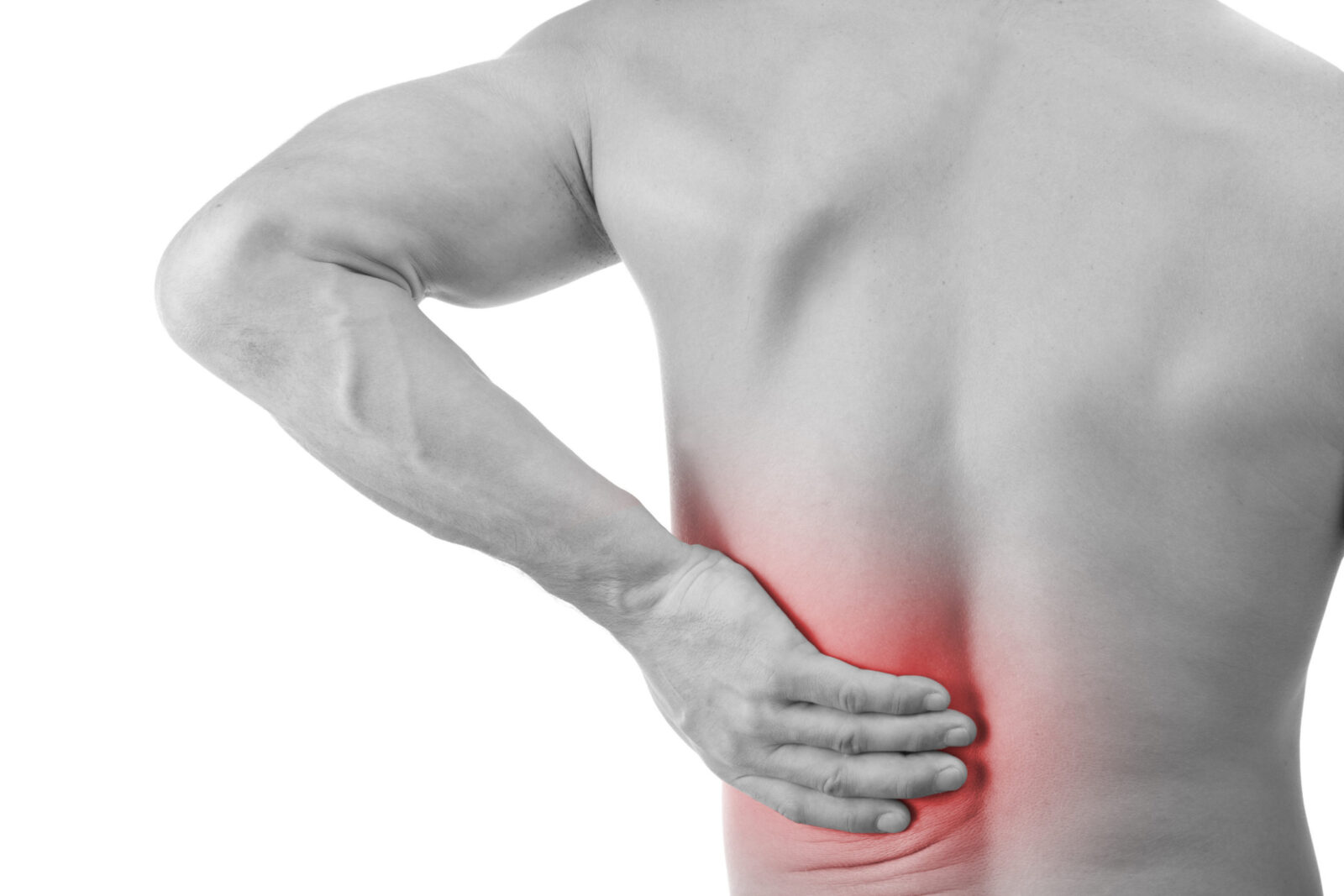What is an Acute Locked Back?
An acute locked back happens when an unguarded movement causes a sudden jolt of pain to shoot through your back.
It happens in many ways, such as turning over in bed, getting out of a car, or even bending forward to pick up a book. In fact, the absence of effort and preparedness for what you were about to do seem to play a key part.

Causes of an Acute Locked Back
- Segmental stiffness
- previous disc herniation.
- back muscles which have been feeling tight for a while.
- Muscle weakness
- The small muscles around the stiff segment of your back become weak. Consequently, they fail to prevent the sideways twist of your lumbar spine.
- A reliance on your superficial back muscles causing a loss in the core stability
- The timing and the co-contraction of segmental muscles being out of synchronisation

Symptoms
1) The Acute phase—– Back muscles lock up to protect the individual spinal joint
- A sudden sharp pain at the beginning of a movement
- The pain at this stage can alternate between a cramp hovering in the background and an excruciating jolt whenever you move.
- Your back feels rock hard, secondary to constant pain and muscle spasm.
2) The Sub-Acute phase—- within a few days the intensity of the acute condition should start to settle
- As the muscles relax, it becomes easier to move. Although, it is still painful with simple movements such as turning over in bed and switching positions.
- The broad surface area of pain becomes reduced to a localized area of soreness becoming easier to pinpoint the focus point of the region causing the pain.
- Your back feels bruised and fragile and the pain is no longer constant.
3) The Chronic phase—– the protective muscle spasm is greatly reduced; the joint underneath often emerges as dysfunctional region.
- Low grade tenderness and chronically stiffened muscles in your back
- Pain in the buttock and thigh increases and decreases in accordance with activities which create the pressure on the facets (e.g. sitting in a slumped position, such as computing and commuting or prolonged bending activities like gardening)

What To Do for Acute Locked Back
When your back goes into spasm, the initial treatment goal is to get the muscle to relax and thus relieve the pain. Some effective treatments include:
A Short period of rest
Pushing through the pain may lead to further injury and delay recovery. Rather than trying to push through the pain, give it a rest for a few days.
Cold therapy
Cold therapy will help reduce local inflammation, which in turn contributes to relieving the pain. An Ice pack can be applied for 15 or 20 minutes, then give the skin a rest for a couple hours before the next application.
Comfortable inclined position
When you rest, you can reduce stress on your lower back by laying on your back in bed. Your upper body supported at a slight incline and a pillow propped under your knees. Also, try sitting at an incline in a reclining chair with your legs supported and knees slightly bent.
Physiotherapy Treatment
Based on the stage and the presentation of your condition, the physio will work on the inflammation reduction, promote joint mobility and releasing muscle tightness initially.
Once the pain level in your back has reduced, the physiotherapist will guide your return to physical activities safely. The goal for physiotherapy at this stage is to get your back moving as soon as possible. Prolonged inactivity can stiffen your muscles and lead to more pain. The gentle movements on your back can promote blood flow, which in turn helps expedite the healing process.
You can BOOK ONLINE today with one of our expert physiotherapists. Alternatively, you can call us on 9267 3775.

